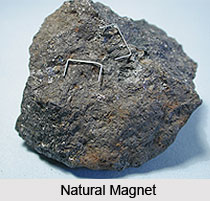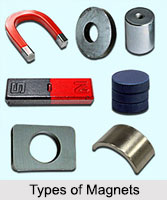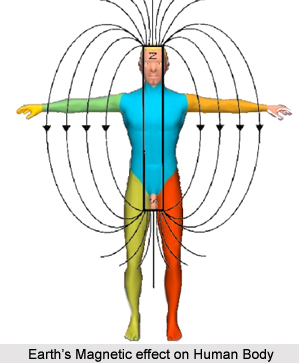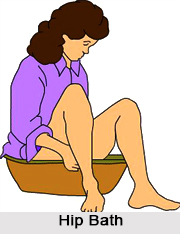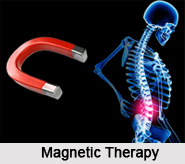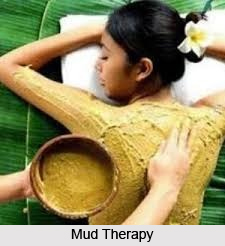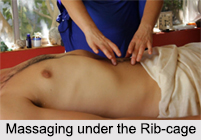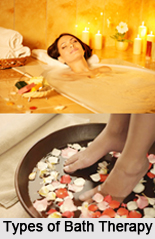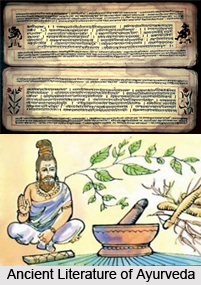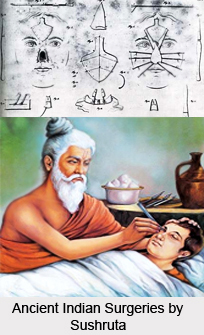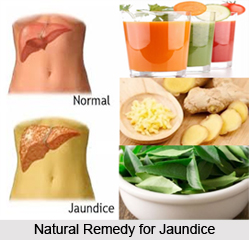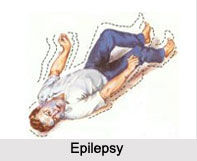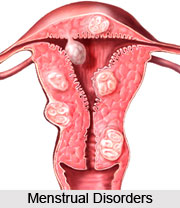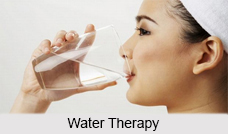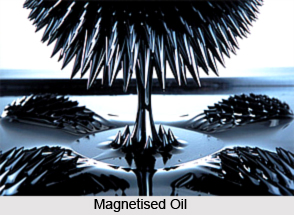In modern times, water treatments was popularised by many European water-cure pioneers. They raised water cure to an institutional level and employed it successfully for the treatments of almost every known disease. Beneficial effects are exeted by water on the human system. It equalises circulation, boosts muscular tone and aids digestion and nutrition. It also tones up the activity of perspiratory gland and in the process eliminates the damaged cells and toxic matter from the system. Hence, in recent times, there are numerous spas in most all countries where water treatment is used as a major healing agent. The common water temperature chart used for water therapy is as follows:
Cold: 10 degree C to 18 degree C
Neutral: 32 degree C to 36 degree C and
Hot: 40 degree C to 45 degree C.
It should be noted that above 45 degree C, water loses its therapeutic value and is destructive. Let us discuss the usage of water in various therapeutic treatments.
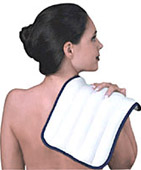 1. Cold Compress: This is a local application using a cloth, which has been wrung out in cold water; One just has to place essential aroma oils in 100 mI. cold water with six ice cubes in a bowl and use the cold compress. The cloth should be folded into a broad strip and dipped in cold water or ice water. Cold Compresses are used for headaches, sprains, inflammation, fever, swollen bumps, burns, blisters, sore feet, rashes, measles, chicken pox, sunburn or a hangover.
1. Cold Compress: This is a local application using a cloth, which has been wrung out in cold water; One just has to place essential aroma oils in 100 mI. cold water with six ice cubes in a bowl and use the cold compress. The cloth should be folded into a broad strip and dipped in cold water or ice water. Cold Compresses are used for headaches, sprains, inflammation, fever, swollen bumps, burns, blisters, sore feet, rashes, measles, chicken pox, sunburn or a hangover.
2. Enema: An enema involves the injection of fluid into the rectum and is also known as rectal irrigation, where only lukewarm water is used for cleaning the bowels, since it not only the safest system for cleaning the bowels, but also improves the peristalic movement of the bowels and thereby relieves constipation. In this form of nature cure treatment, the patient is made to lie on his left side extending his left leg and bending the right leg slightly. The enema nozzle, lubricated with oil or Vaseline, is inserted in the rectum. The enema can, containing the lukewarm water is then slowly raised and water is allowed to enter into the rectum. Generally, one to two litre of water is injected. The patient may either lie down on his back or walk a little while retaining the water. After five to 10 minutes, the water can be ejected along with the accumulated morbid matter.
 3. Heating Compress: This is a cold compress covered in such a manner as to bring warmth. It consists of three or four folds of linen cloth wrung out in cold water, which is then covered completely with dry flannel or blanket to prevent the circulation of air and help accumulation of body heat. The duration of the application is determined by the extent and location of the surface involved, the nature and thickness of the coverings and the water temperature; it is sometimes applied for several hours. The area should be rubbed with a wet cloth after removing the compress and then dried with a towel. A heating compress can be applied to the following organs of the body:
3. Heating Compress: This is a cold compress covered in such a manner as to bring warmth. It consists of three or four folds of linen cloth wrung out in cold water, which is then covered completely with dry flannel or blanket to prevent the circulation of air and help accumulation of body heat. The duration of the application is determined by the extent and location of the surface involved, the nature and thickness of the coverings and the water temperature; it is sometimes applied for several hours. The area should be rubbed with a wet cloth after removing the compress and then dried with a towel. A heating compress can be applied to the following organs of the body:
i. Throat Compress: It relieves sore throat, hoarseness, tonsillitis, pharyngitis and laryngitis.
ii. Chest Compress: Also known as chest pack; relieves cold, bronchitis, pleurisy, pneumonia, fever and cough.
iii. Abdomen Compress: It helps those suffering from gastritis, hyperacidity, , jaundice, constipation, diarrhoea, dysentery and other ailments relating to the abdominal organs.
iv. Joints Compress: It is helpful for inflamed joints, rheumatism, rheumatic fever and sprains.
4. Hip Bath:This mode of treatment involves only the hips and the abdominal region below the navel for which a special type of tub is used. The tub is filled with water in such a way that it covers the hips and reaches upto the navel when the patient sits in it. Four to six gallons of water is required generally for the bath and a support may be placed under one edge to elevate it by two or three inches.
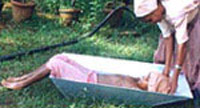 5. Spinal Bath: Another important form of hydrotherapic treatment is the spinal bath. This bath provides a soothing effect to the spinal column and thereby influences the central nervous system. It is given in a specially designed tub with its back raised so as to provide proper support to the head. The bath can be administered at cold, neutral and hot temperatures. The water level in the tub should be an inch and a half to two inches and the patient should lie in it for three to 10 minutes.
5. Spinal Bath: Another important form of hydrotherapic treatment is the spinal bath. This bath provides a soothing effect to the spinal column and thereby influences the central nervous system. It is given in a specially designed tub with its back raised so as to provide proper support to the head. The bath can be administered at cold, neutral and hot temperatures. The water level in the tub should be an inch and a half to two inches and the patient should lie in it for three to 10 minutes.
6. Full Wet Sheet Pack: This is a procedure in which the whole body is wrapped in a wet sheet, which in turn is wrapped in a dry blanket for regulating evaporation. The blanket should be spread on the bed with its edges hanging over the edge of the bed. The upper end should be about eight inches from the head of the bed. Then spread a linen sheet wrung out in cold water over the blanket so that its end is slightly below the upper end of the blanket. The patient should lie on the bed sheet with his shoulders about three inches below the upper edge. The wet sheet should be quickly wrapped round the body of the patient, drawn in, tightly tucked between the legs and also between the body and the arms. The sheet should be folded over the shoulders and across the neck.
Now the blanket should be drawn tightly around the body and tucked in along the side in a similar manner, pulling it tightly. The ends should be doubled up at the feet. A turkish towel should be placed below the chin to protect the face and neck from coming into contact with the blanket and to exclude outside air more effectively. The head should be covered with a wet cloth so that the scalp remains cold. The feet should be kept warm during the entire treatment. If the patient`s feet are cold, place hot water bottles near them to hasten reaction. The pack is administered for half an hour to one hour till the patient begins to perspire profusely. He may be given cold or hot water to drink.
More on Water Treatments
Bath
Hip Bath





